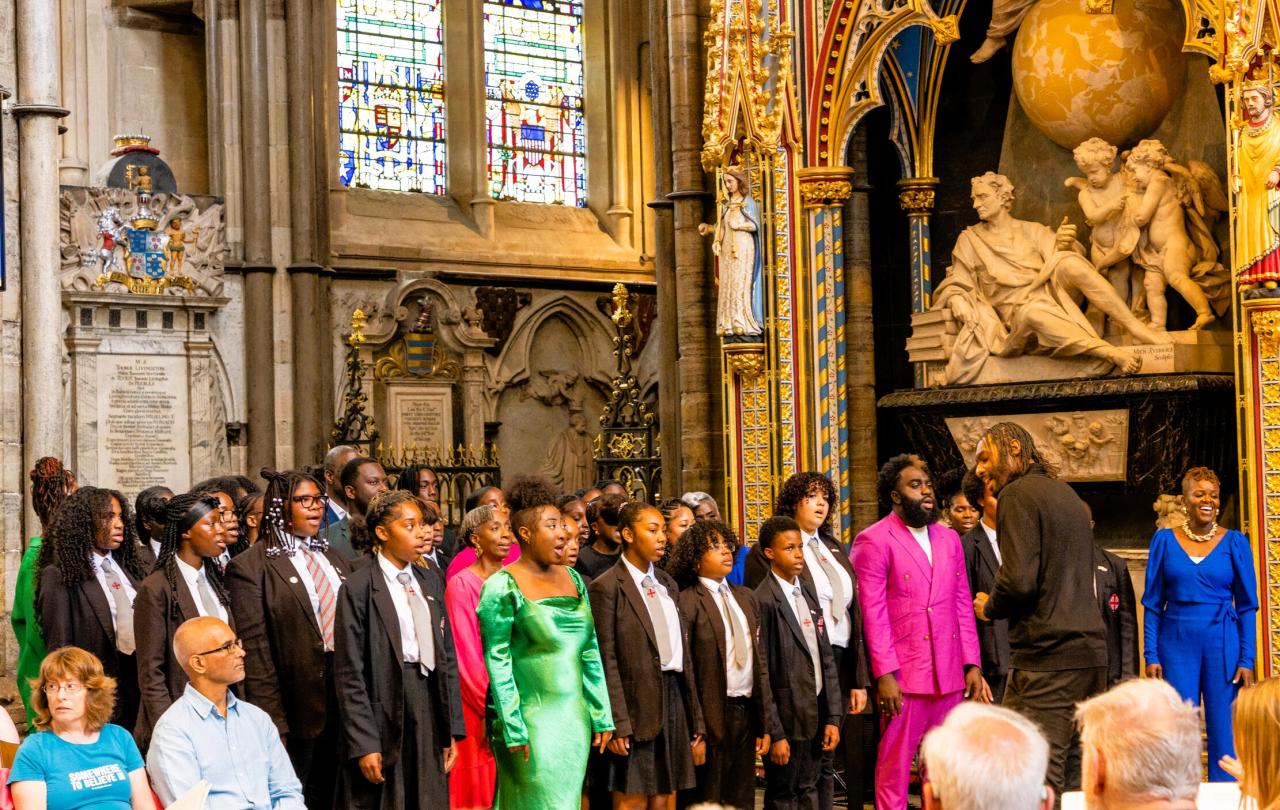
Well, it’s the time of year again when my emotional well-being is governed by the weekly performance of Liverpool Football Club. Yes: the Premier League is back!
The start of a new season is usually abuzz with the excitement of possibilities. So many questions, so many possible outcomes. What will life look like after Jürgen Klopp? Will we win the league? Will we ever sign a defensive midfielder? This should be an exciting time for any football fan; a time of hope, of daring to believe this really is your year.
So, why does the start of the season fill me with such dread this year?
Normally as the season starts, I know when all the games are; who Liverpool are playing, where, and when. I’ve watched Liverpool’s pre-season friendlies to see if we’ve changed formation or made tactical tweaks. I’m up to date with all the players bought and sold by clubs across the league.
Not this year. This year the season has caught me completely off guard and I’m finding the prospect of yet another year of football hard to process. I was invited to join a work fantasy football league this week and, honestly, the thought of it made me want to cry.
When did the sport I love so much begin to feel like such an obligation? Why does being a football fan feel like such hard work?
I think I’m just tired of football. No, not tired. Fatigued. Exhausted.
Or, more accurately, football itself – the sport – is fatigued. As though it’s been drained of all enjoyment.
As television, rather than sport, football inevitably lives in the aftermath of the ‘HBO effect.’
There are all sorts of reasons for this. To start with one of the more obvious ones, Video Assistant Referees (VAR) have turned football into a glorified science project. It’s now a common occurrence for matches to be stopped for extended periods while three men in a portacabin miles away from the game pull out their CGI rulers. All to determine if an attacker has a toenail offside, so they can gleefully disallow a goal and congratulate themselves on a job well done. The line between ‘being right’ and ‘doing right’ is blurred more than ever as commentators bemoan the increasing gulf between ‘the laws of the game’ and ‘the spirit of the game.’
The standard and nature of refereeing in English football certainly isn’t helping my enjoyment of it. But it’s only part of a wider problem.
But there’s a truth about football that many football broadcasters and organizations don’t want to face.
Football is now primarily a televised commodity - content. Most football fans across the globe engage with the sport primarily through a screen, rather than at a stadium. As television, rather than sport, football inevitably lives in the aftermath of the ‘HBO effect.’
Prestige HBO shows like The Sopranos, The West Wing, The Wire, Game of Thrones (and countless others besides) have shaped the landscape of TV and, by extension, the culture around us. No longer confined solely to HBO, there seems to be, at any given moment, at least one TV programme you simply have to be watching if you’re going to keep up with the cultural conversation. If you’re not watching, you’re left behind.
This is the context in which football finds itself in 2024. No longer sport, but drama. And drama that begs to be discussed. A series of prompts for those sought-after ‘water-cooler moments’ that dominate conversation throughout the week. “That was never a red card!” “We were robbed!” Competitive sport boiled down and reduced to a series of controversies and talking points.
Because football is more television content than sport now, these controversies are not just discussed in the immediate context of the match in question. No, all week between games, key moments and decisions are slowed down, dissected, viewed from multiple angles, pulled apart.
I watch matches, and then watch people talk about the matches I’ve watched, until there’s another match to watch. There is simply too much football, and too much talking about football. All in service of football as television.
On top of this, the matches themselves are only becoming more frequent. This year, the Champions League will have an extra two games in the group stage.
And then there’s international football. This summer alone, there has been the Euros and the Olympics and, during breaks in the Premier League, players represent their nations in friendlies, World Cup qualifiers, and Nations’ League games (the competition literally no-one asked for).
This is to say nothing of proposals for a 39th Premier League game played abroad and an expanded Club World Cup from 2025 (again, neither of which fans seem to be clamouring for).
And all these matches are taking place within this context of football as television content. There’s not just more football, but there’s more football to talk about, more contentious refereeing decisions, more player mistakes and tactical battles to unpick.
But there’s a truth about football that many football broadcasters and organizations don’t want to face. Loads of it is really boring.
There’s no guarantee anything of actual interest will happen in any given football match. Goals in football are relatively scarce compared to other sports. Liverpool beat Manchester United 7-0 a few years ago and it was heralded as borderline divine intervention. If a rugby match finished 7-0, fans would be asking for a refund.
Authentic mundanity will always be more compelling than manufactured drama.
That’s one of the beautiful things about the beautiful game; it’s authentic. There are no pre-written storylines, and no perfect endings or twists set in stone. It’s real life. Like real life, it can often be mundane.
That should be no surprise, really. At the end of the day, football is a game we humans created to pass time and have fun. Like all sport, football is human flourishing in practice. By this I mean that, through playing sports, we get a glimpse into what it is we’ve been put here to do: to enjoy our existence. It is an expression of communal joy found in delighting in the physicality of our nature as created beings. When we take it too seriously or make too much of it, we obscure that fundamental truth to which it points, even at its most mundane. That we are creatures created to flourish and find joy in our creatureliness.
Authentic mundanity will always be more compelling than manufactured drama. In its endless pursuit to inject drama into the sport so it can compete as television, football has lost the mundanity and authenticity that makes it so compelling.
All of this has been somewhat lost in contemporary football and goes some way to explaining why the thought of yet another season of endless debates, drama, and analysis of the sport I love makes me feel rather exhausted. I just want to watch some people kick a ball.
So, what are my hopes for this Premier League season? It might sound counterintuitive, but if there was less football and less football drama in my life, that would do for me. Failing that, I’ll take a Liverpool treble.





